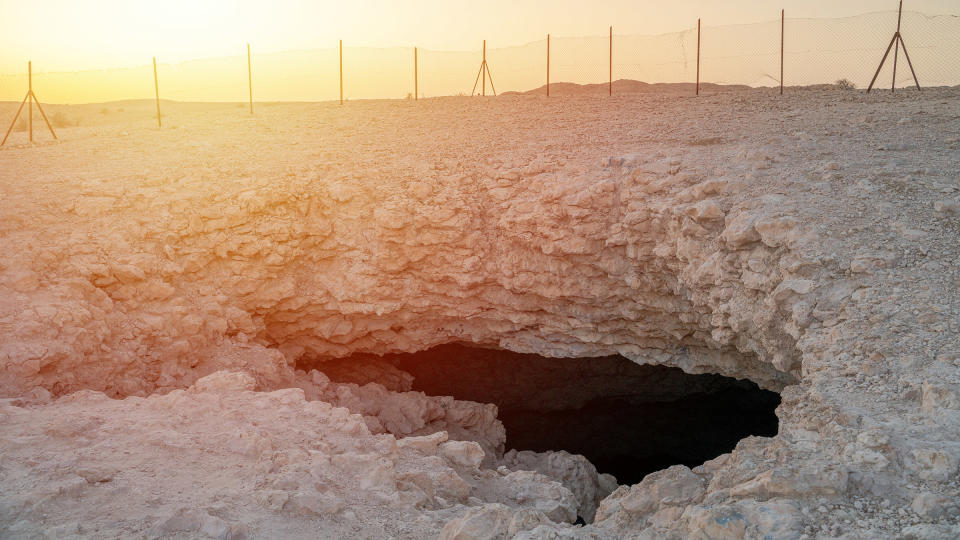Scientists uncovered an entire forest hidden inside a sinkhole in China

If you purchase an independently reviewed product or service through a link on our website, BGR may receive an affiliate commission.
Chinese scientists discovered a primitive forest in a giant sinkhole earlier this month. The sinkhole is 630 feet deep, and a team of spelunkers rappelled down into it in early May. While exploring, they found three separate cave entrances and a growing forest.
Thankfully, the unique environment has been captured on video.
Today's Top Deals
Amazon's Memorial Day sale has crazy deals you won't believe!
What?! Apple's most affordable iPad has an extra discount for the first time in 2022
Scientists found a primitive forest in a massive sinkhole in China
The forest, the scientists say, is full of ancient trees roughly 131 feet tall. Their branches all stretch upwards, reaching for the sunlight that filters through the entrance of the sinkhole. The scientists who explored the sinkhole were from the Institute of Karst Geology of the China Geological Survey.
George Veni, the executive director of Karst Research Institute (NCKRI) in the United States told Live Science that the discovery isn’t very surprising. The particular area where scientists discovered the sinkhole is known for its karst topography. The landscape around there, Veni notes, is prone to dramatic sinkholes.
While the sinkhole wasn’t a surprise, finding the primitive forest inside it was. The explorers believe the three caves they discovered are remains of the early evolution of the sinkhole. Altogether, it took the explorers several hours to explore the sinkhole and reach the bottom of the pit. They returned safely to the surface on Friday evening.
How do sinkholes form?

Sinkholes, especially in this region of China, are formed by the dissolution of bedrock underneath the surface, Veni explained to Live Science. When this happens, giant sinkholes like the one scientists explored begin to form. And, because chasms form in the bedrock, it gives way for primitive forests like the one discovered here to form.
But, because the geology, climate, and other factors can affect how sinkholes form, the way they appear in different areas of the world may be quite different. Veni noted that you could even walk out on a sinkhole in some places and not notice it.
And, in some areas, the entrances to the caves they create may be very small. So small you have to squeeze into them.
However, China’s geology and climate allow for the sinkholes to collapse more than they might in other places. This most recent sinkhole and its primitive forest were discovered in the Guangxi Zhuang Autonomous Region. That region is near Ping’e village in the county of Leye.
That particular region has become well known for its incredible karst formations.

